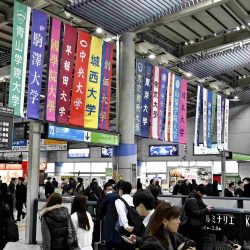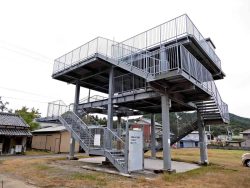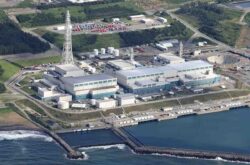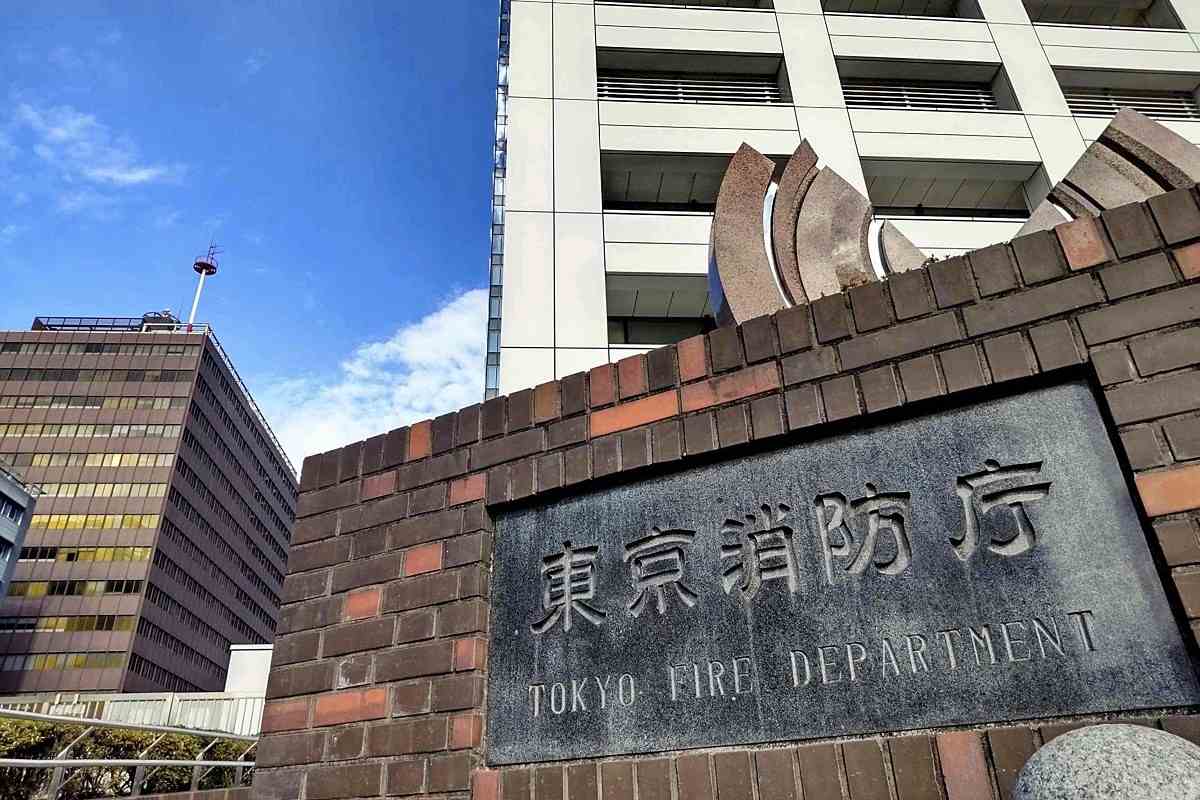
Fire and Disaster Management Agency
12:58 JST, September 8, 2024
Tokyo (Jiji Press)—Japan’s Fire and Disaster Management Agency plans to provide disaster response teams with small rescue vehicles that can run on rough roads, starting in fiscal 2025, officials said.
The move to deploy small vehicles to the National Fire Service Team for Disaster Response comes after its large vehicles were unable to access sites battered by a magnitude-7.6 earthquake that struck the Noto Peninsula in central Japan on Jan. 1, hampering rescue and relief goods transport efforts.
The disaster response team carried out firefighting, rescue and goods transportation in the peninsula over 52 days starting on New Year’s Day.
Its large vehicles loaded with equipment to rescue victims from destroyed buildings had limited access due to their size, with larger ones spanning 8.5 meters long. As a result, small vehicles of 3.4 meters in length from fire departments handled the initial rescue work.
Based on this, the agency plans to give disaster response teams small rescue vehicles that can carry personnel and equipment even over rough and narrow roads.
It is also considering newly building and introducing vehicles equipped only with the bare minimum necessary for initial rescue efforts, so that they can be airlifted by Self-Defense Forces helicopters even if roads are cut off.
For vehicles which serve as hubs for rescue personnel, existing ones with meeting rooms and showers span up to 12 meters long, so the agency plans to manufacture and introduce smaller versions to enhance logistical support.
Additionally, the agency plans to adopt robots that can be controlled remotely to put out fires, drawing on lessons from a large-scale fire that broke out in Wajima, Ishikawa Prefecture, following the Noto earthquake. The technology would enable firefighting to be carried out while ensuring the safety of personnel even when tsunami warnings are in effect.
"Society" POPULAR ARTICLE
-

M4.9 Earthquake Hits Tokyo, Neighboring Prefectures
-

Israeli Tourists Refused Accommodation at Hotel in Japan’s Nagano Pref., Prompting Protest by Israeli Embassy and Probe by Prefecture
-

M7.5 Earthquake Hits Northern Japan; Tsunami Waves Observed in Hokkaido, Aomori and Iwate Prefectures
-

Tsukiji Market Urges Tourists to Avoid Visiting in Year-End
-
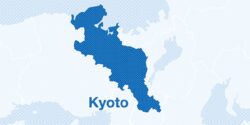
High School in Kyoto Says Students Shoplifted during Recent School Trip to Bali, Indonesia
JN ACCESS RANKING
-

Tokyo Economic Security Forum to Hold Inaugural Meeting Amid Tense Global Environment
-

Keidanren Chairman Yoshinobu Tsutsui Visits Kashiwazaki-Kariwa Nuclear Power Plant; Inspects New Emergency Safety System
-

Imports of Rare Earths from China Facing Delays, May Be Caused by Deterioration of Japan-China Relations
-

University of Tokyo Professor Discusses Japanese Economic Security in Interview Ahead of Forum
-

Japan Pulls out of Vietnam Nuclear Project, Complicating Hanoi’s Power Plans


